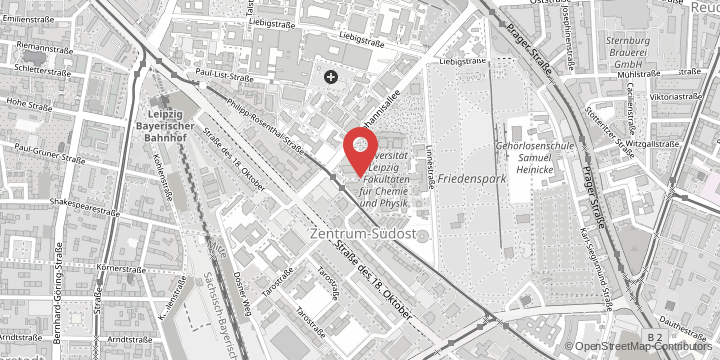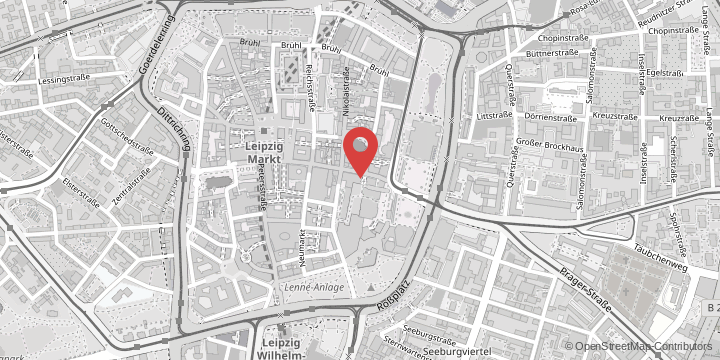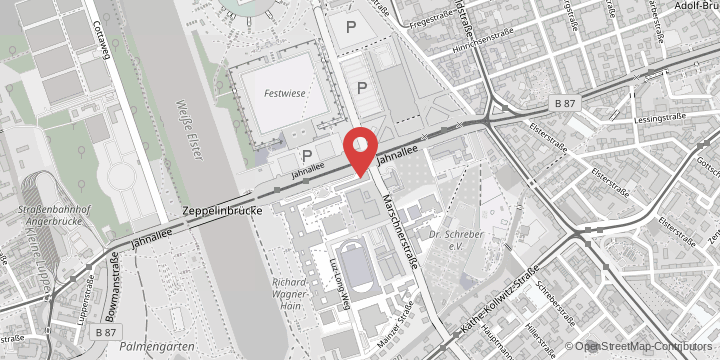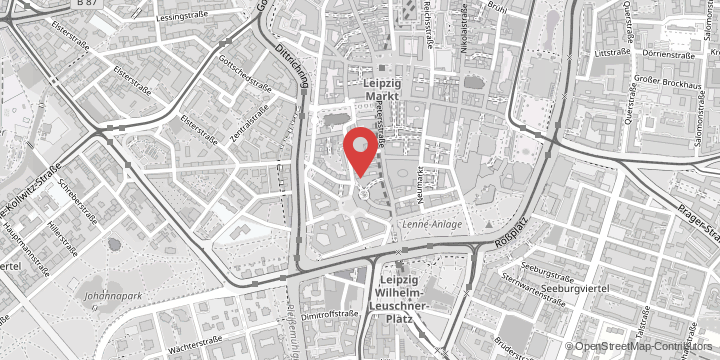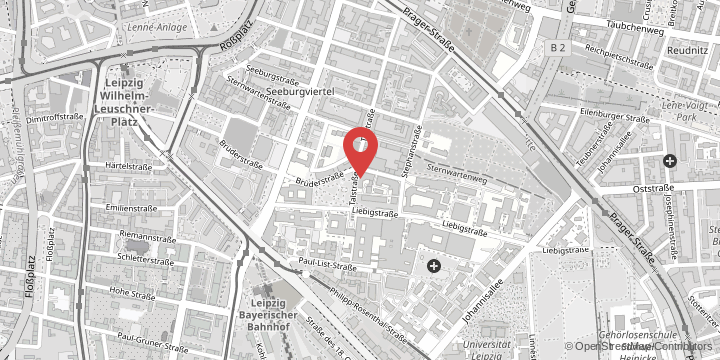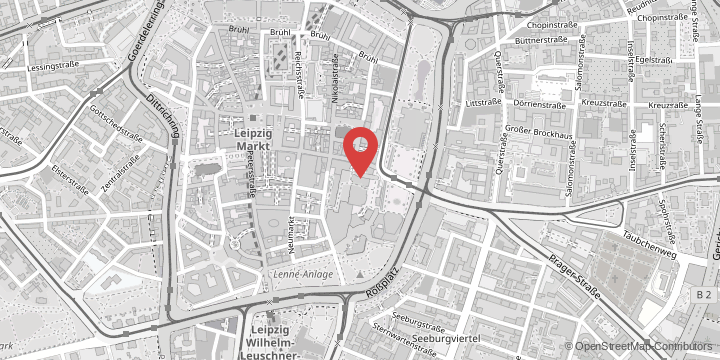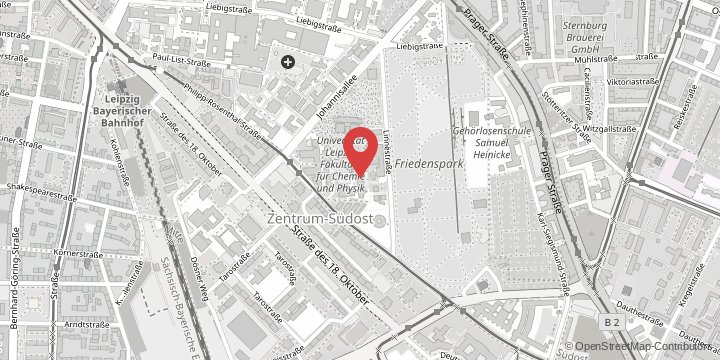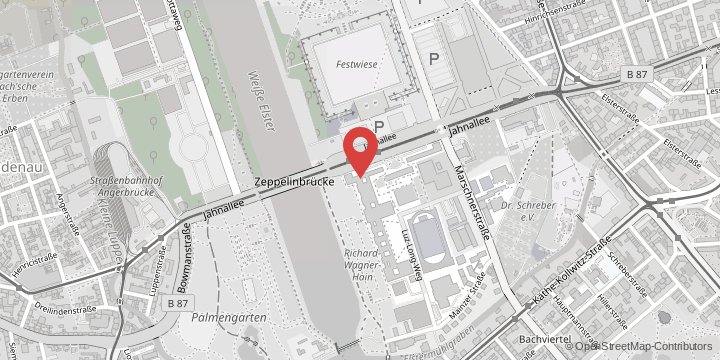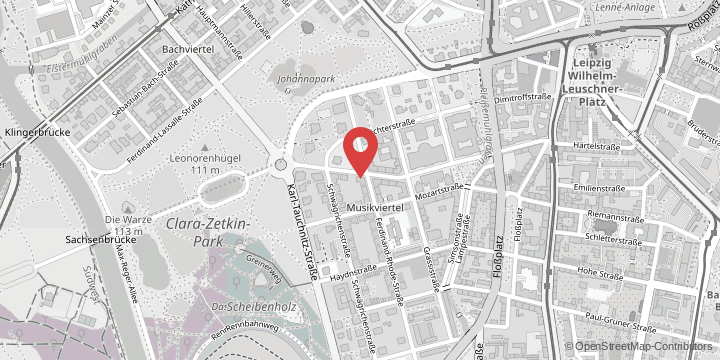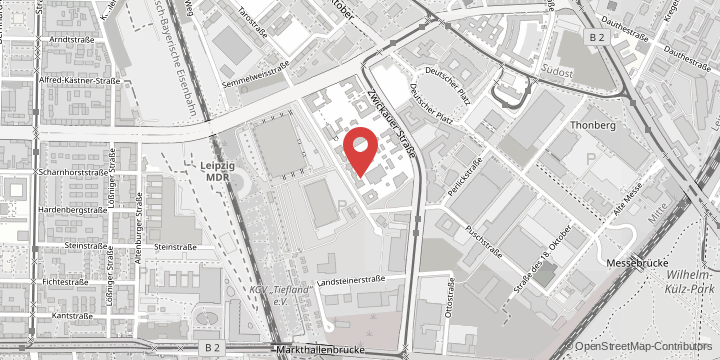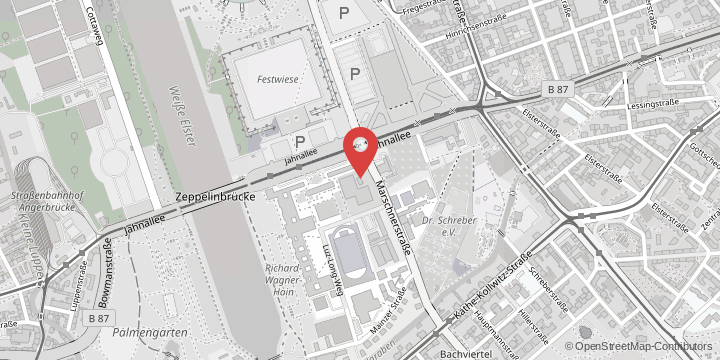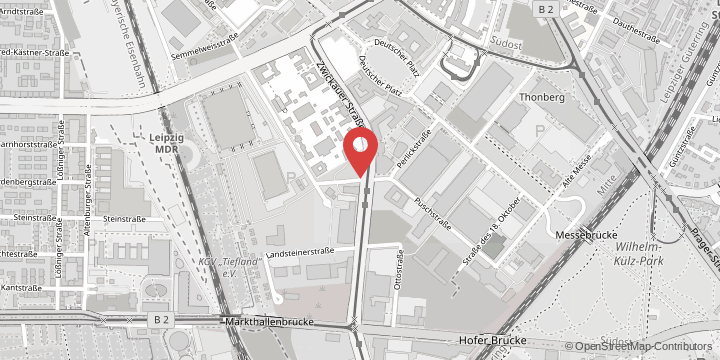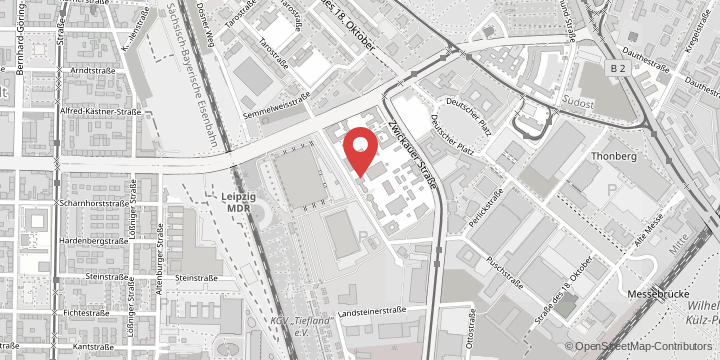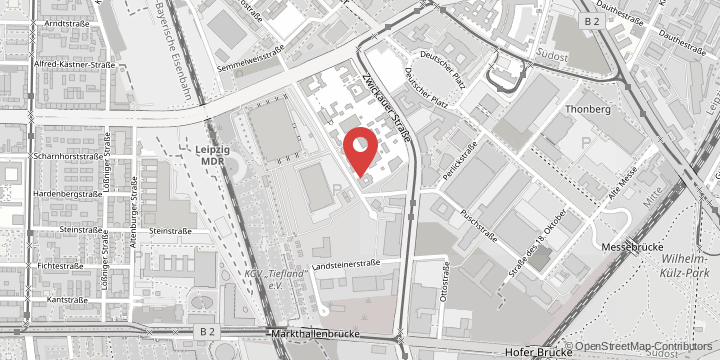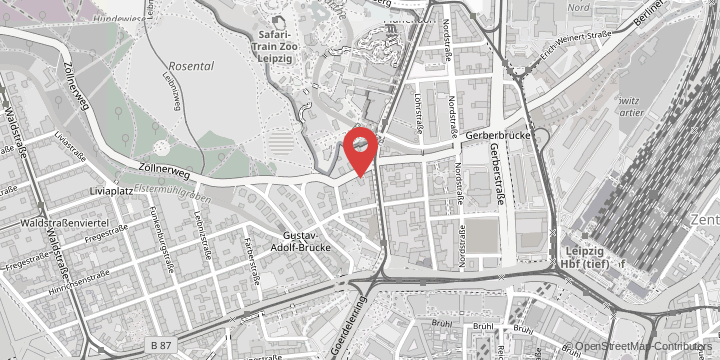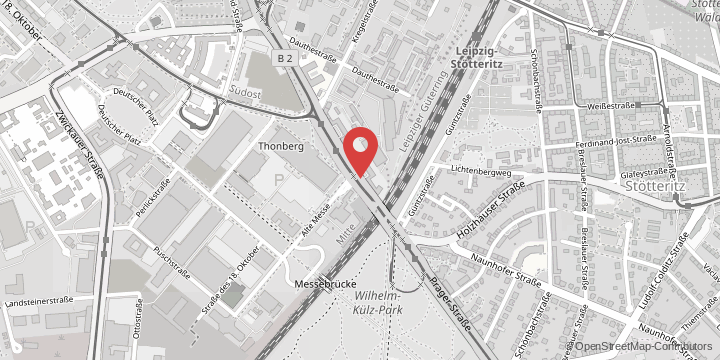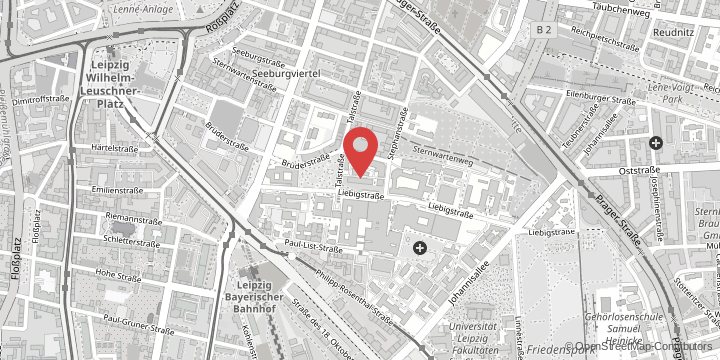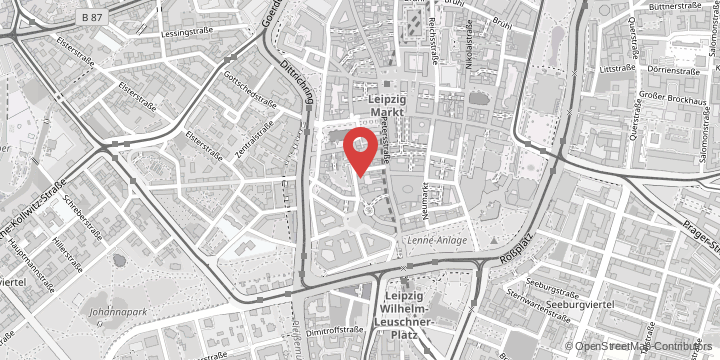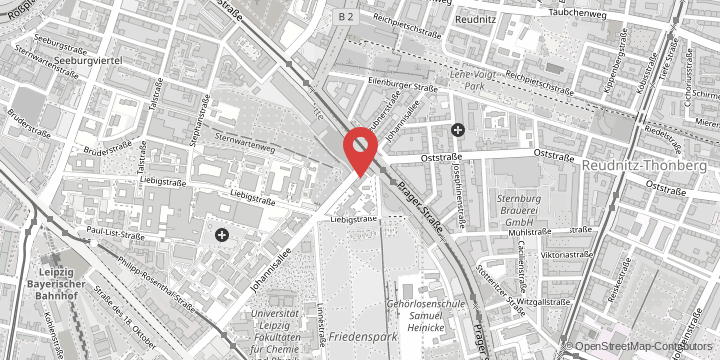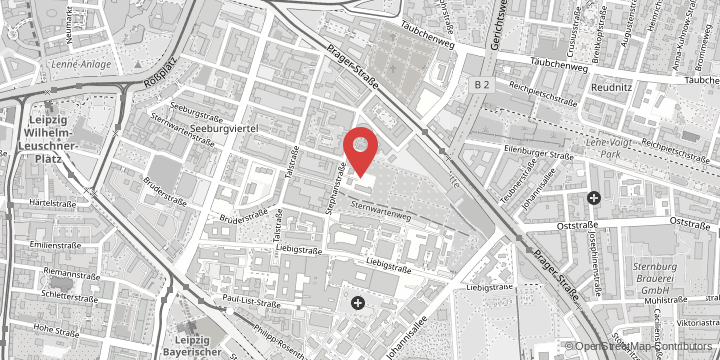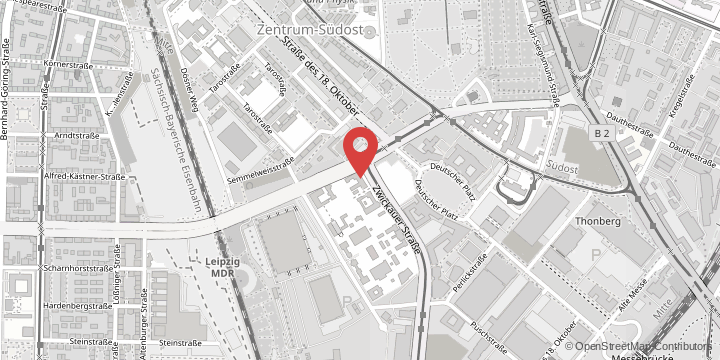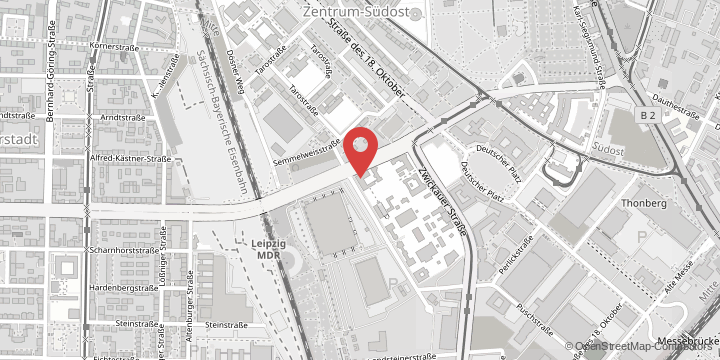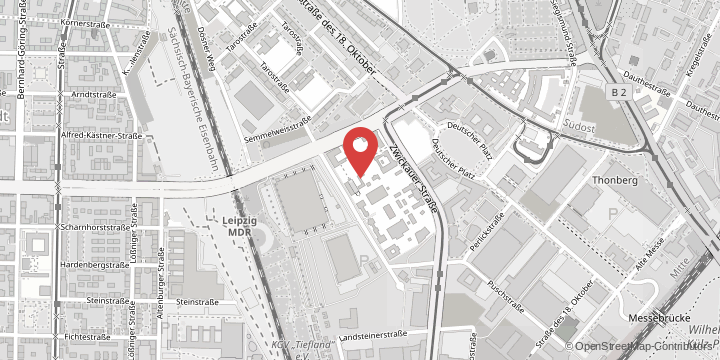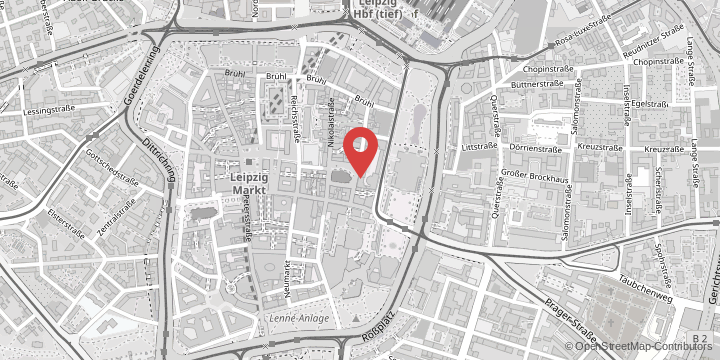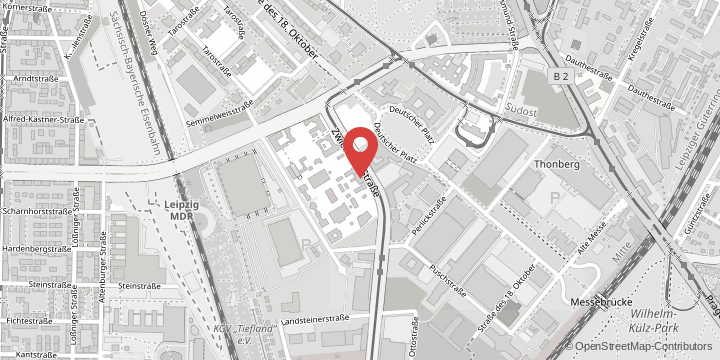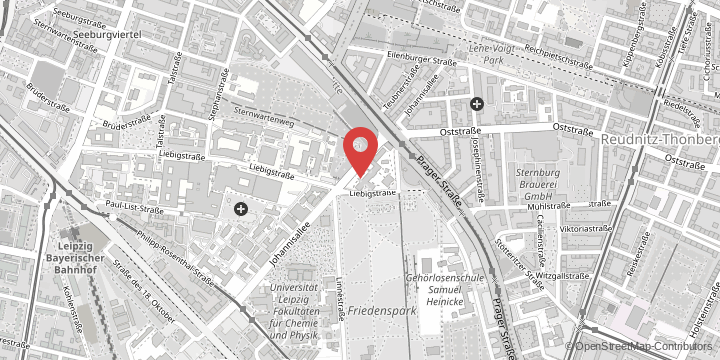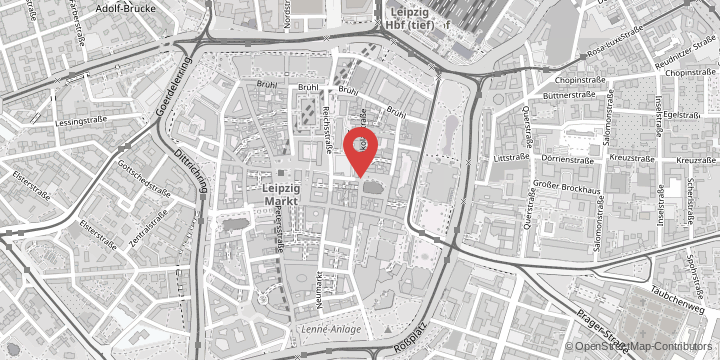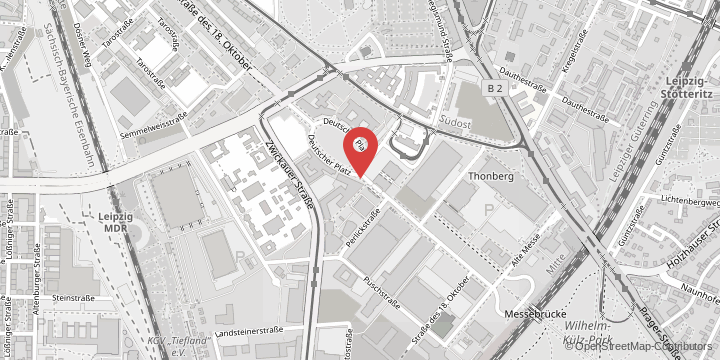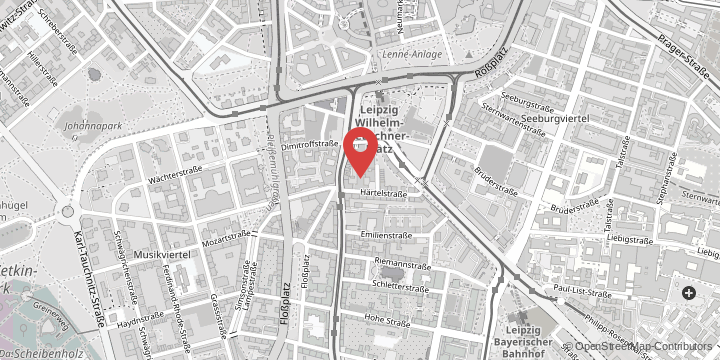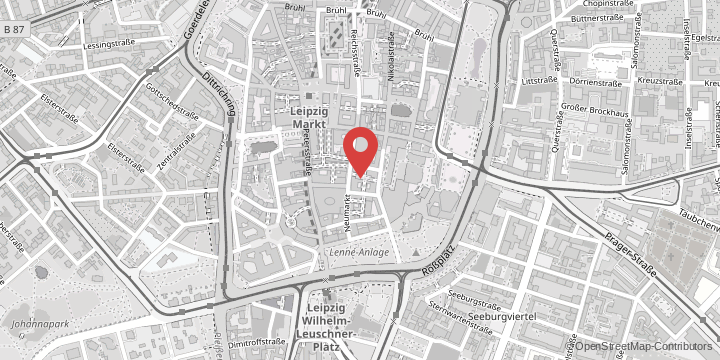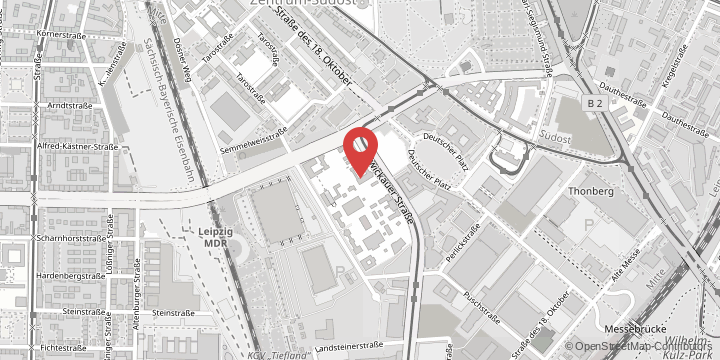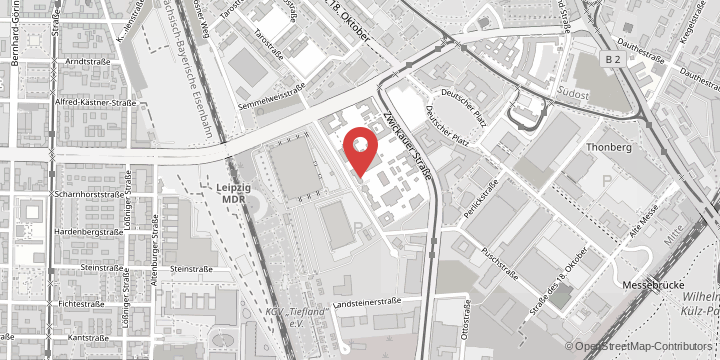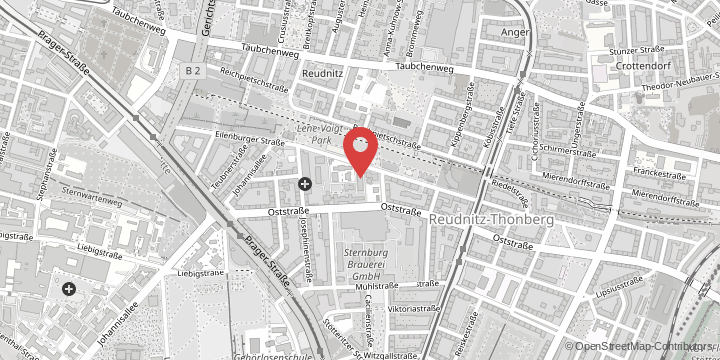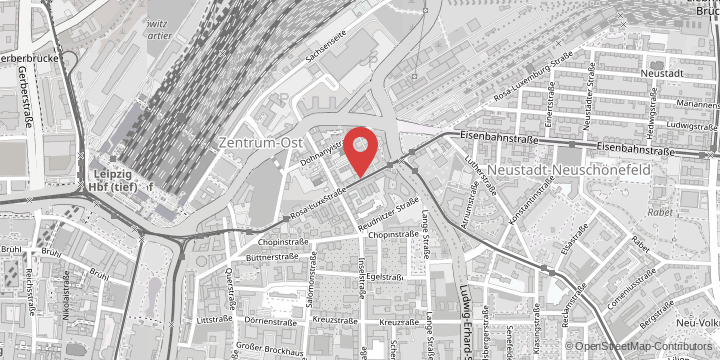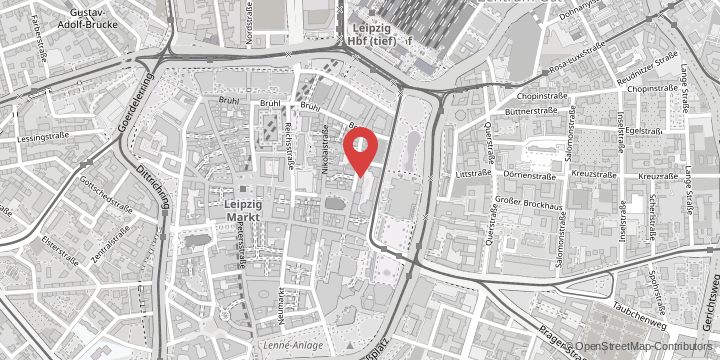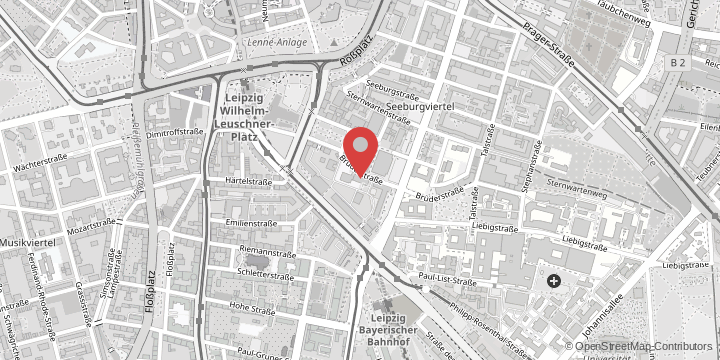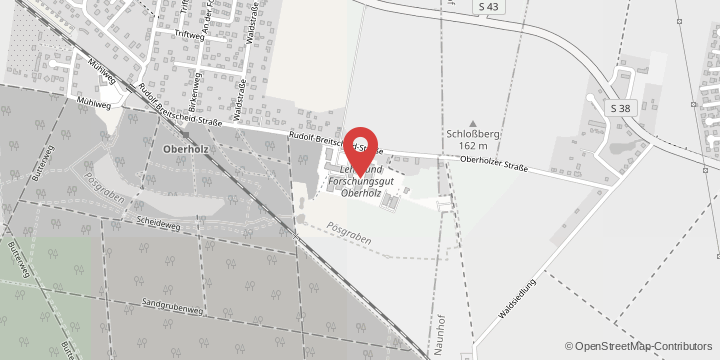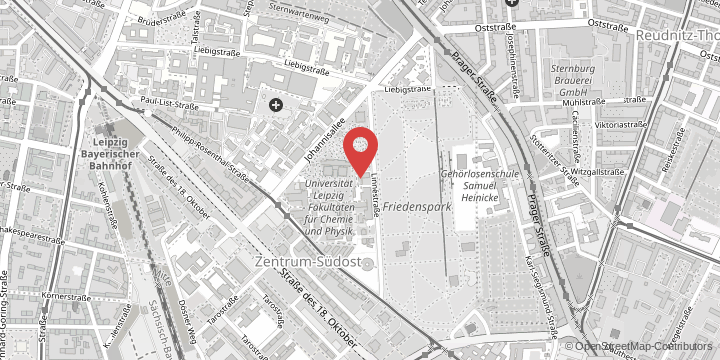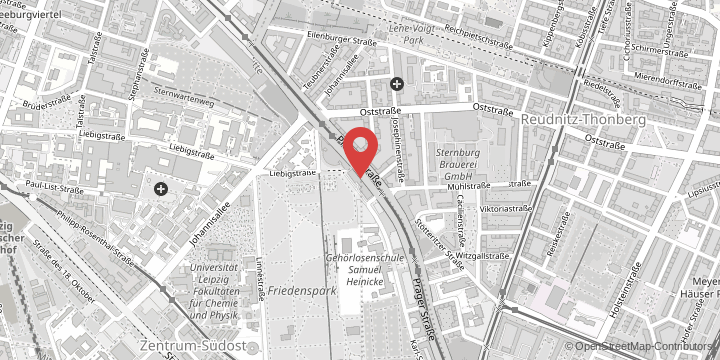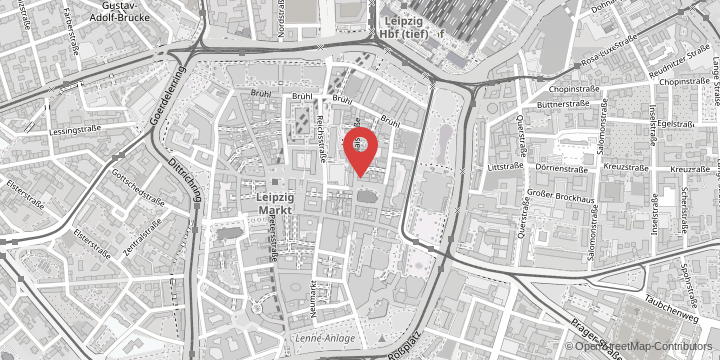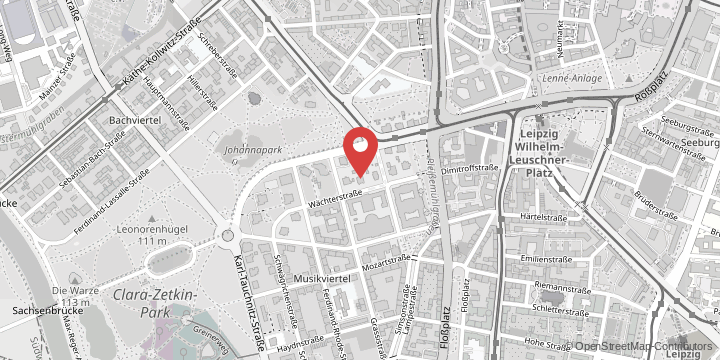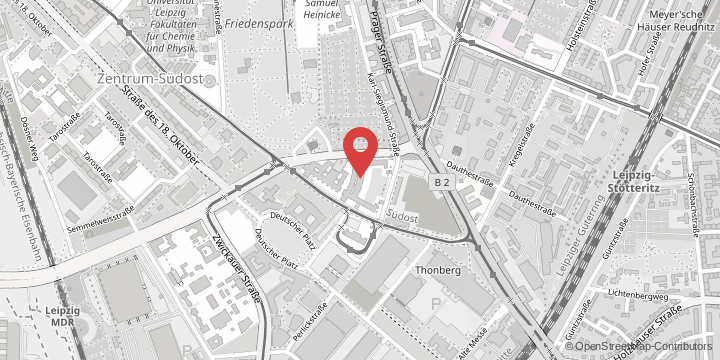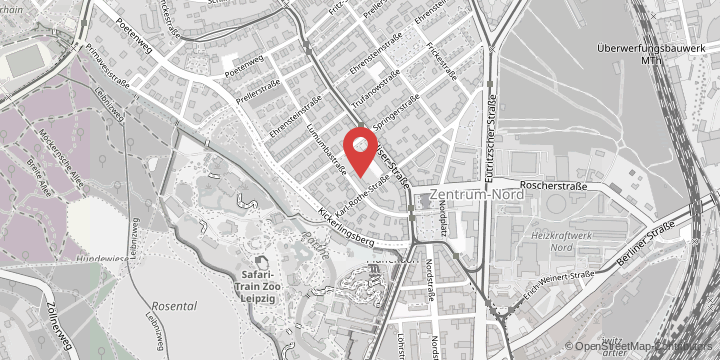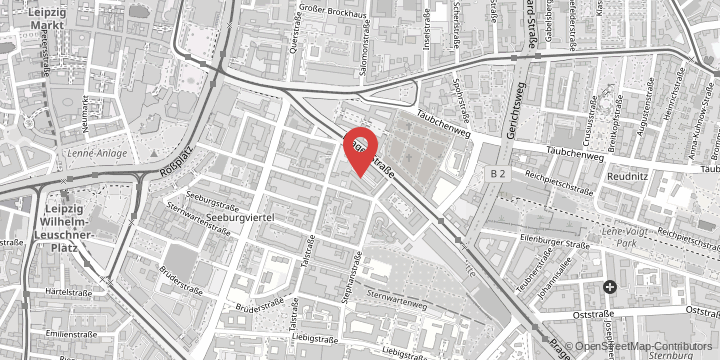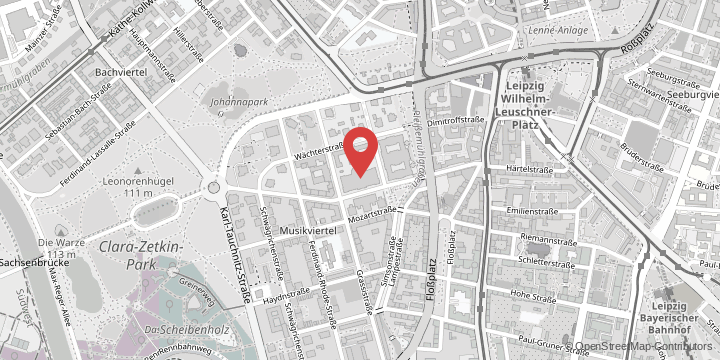The Akkadian language has been extinct for about 2000 years. Why is it important to create a new dictionary of this language?
Professor Michael Streck: Akkadian was a major language of the Ancient Near East, a historical region in the Middle East from the 4th millennium BC to the emergence of Islam in the 7th century AD. Akkadian was spoken and written primarily in the kingdoms of Babylonia and Assyria, collectively known as Mesopotamia, in modern-day Iraq and Syria. That’s why the language is also called Babylonian-Assyrian. At the time, writing was done using cuneiform script, which was impressed onto small clay tablets.
What few people know is that Akkadian texts are more numerous than those in ancient Latin. After Ancient Greek, Akkadian is the second most frequently attested language of antiquity!
Existing Akkadian dictionaries are outdated; many words are missing or incorrectly interpreted. When these dictionaries were compiled, many cuneiform texts had not yet been discovered. Therefore, scholars need a new dictionary to translate Akkadian texts with up-to-date knowledge, as they are our primary source for studying the history and cultures of the Ancient Near East.
What modern methods and technologies are you using that were not available for previous Akkadian dictionaries?
The dictionaries currently used in Ancient Near East Studies consist of many printed volumes. Their editors still worked with index cards and filing boxes. The disadvantages of these books are numerous: cumbersome to use, hard to update, expensive. With this in mind, it makes sense to use modern information technology.
The Leipzig Akkadian Dictionary will be created as a freely accessible online database. Anyone will be able to use it for free. Search functions will allow users to find a word, its translation, and its occurrences in different texts in seconds. Links will connect the dictionary to digital and online collections of cuneiform texts. Last but not least, since our knowledge is constantly improving, it will always be easy to incorporate corrections and additions.
What’s more, the older printed dictionaries will be digitised and integrated into the Leipzig Akkadian Dictionary.
Running for 17 years, the Leipzig Akkadian Dictionary is a real long-term project. What makes this research so time-consuming?
In recent decades, tens of thousands of new cuneiform texts – previously untranslated and stored in museum cellars or discovered during archaeological excavations in the Middle East and not listed in any dictionary – have come to the attention of scholars.
The main task of the small dictionary team will be to read and translate these many texts, searching like a detective for new words, discovering new meanings of already known words and tracing the history of each word in the cuneiform texts. From simple receipts to tales of the Great Flood, these can be all kinds of texts, sometimes difficult to understand.
The Leipzig Akkadian Dictionary will be a reference dictionary: the Akkadian words will not only be translated into several languages (English, German, French and Arabic are planned), but it will also show in which texts and contexts they appear. Such a dictionary is a major academic undertaking.
